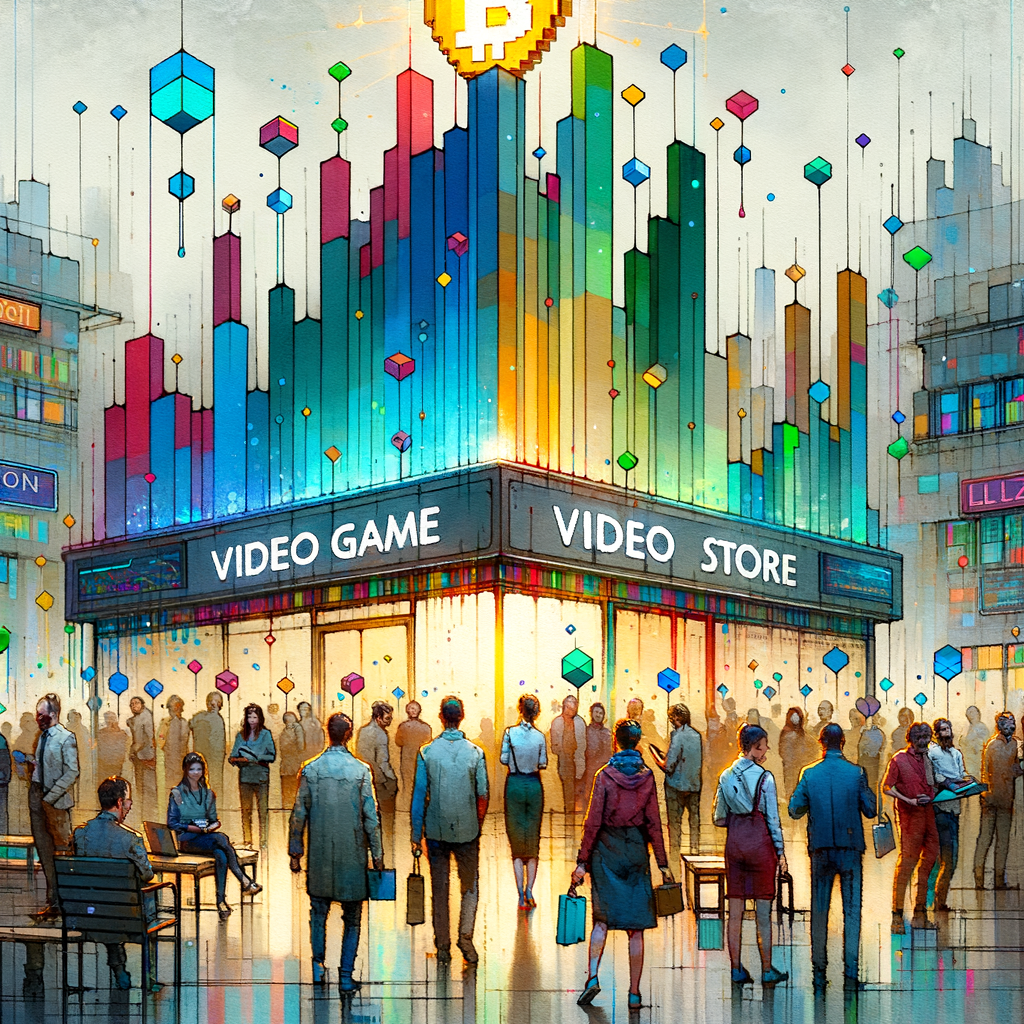I still remember one of the first calls I had with a gaming startup diving into Web3. “We’ve got amazing designers,” the founder said, “so now we just need players.” But after a few probing questions—about smart contracts, tokenomics, community management, and infrastructure—it was clear they were missing half the team they actually needed.
Web3 Gaming is exploding with creativity, but I’ve seen too many studios underestimate what it truly takes to succeed in this space. And as someone who’s been recruiting in crypto for years, I can tell you: the future of Web3 Gaming depends on a lot more than brilliant character models and slick level design.
Let’s break down the real hiring conversation that needs to happen in Web3 games.
Tokenomics Isn’t Just a Buzzword
Game economies in Web2? Mostly cosmetic or pay-to-play. In Web3? The economy is the game.
You need someone who can balance incentives, prevent inflation, and build systems that feel rewarding without being exploitable. This isn’t your average game design work—it’s more like a hybrid between a behavioural economist and a DeFi strategist.
I’ve spoken to studios that launched with beautiful visuals but had tokens that tanked within months. Why? Because nobody was thinking long-term about supply, demand, or sustainability. Good tokenomics hires are rare—but absolutely essential.
👉 Tip from the trenches: Look for candidates with experience in both gaming and DeFi. They’re out there, but you have to dig.
Smart Contracts Need Smart Developers
Here’s the reality: if your game touches the blockchain, your dev team can’t just be Unity or Unreal engineers. You need Solidity or Rust devs who understand the consequences of pushing code that can’t be changed.
In one hiring cycle, I matched a studio with a smart contract dev who previously audited DeFi protocols. Within a month, he’d flagged major exploits that could’ve nuked their in-game marketplace. Crisis averted—and a perfect example of why security and chain-native experience matter so much in this space.
You don’t just want devs. You want battle-tested blockchain engineers who think like hackers (the good kind).
Community Is the New Publisher
In Web2, publishers bankrolled games and brought in users. In Web3 Gaming, your community does that—and they expect transparency, ownership, and access.
That’s why community managers and DAO leads are becoming just as critical as your lead designer. These people aren’t just hyping on Discord. They’re onboarding users, fielding feedback, and helping steer the product in real-time.
One studio I worked with brought in a DAO strategist early and let them co-design the governance model. Their retention and engagement? Miles ahead of their peers. Why? Because players felt heard—and more importantly, they felt like owners.
👉 Quick reality check: If you think community hires are just glorified social media managers, you’re already behind.
Infrastructure and DevOps Matter More Than Ever
Here’s something not enough people are talking about: Web3 games require far more complex infrastructure than traditional ones.
Between running nodes, indexing chain data, managing gas costs, and ensuring wallet integration, your backend can become a nightmare if you don’t have the right engineers. This is where DevOps and infra-focused hires become mission-critical.
I’ve seen games crash on launch day because no one stress-tested the chain interactions. I’ve also seen startups thrive because they brought in infra engineers from day one who knew how to scale without sacrificing decentralisation.
You can’t just “wing it” with Infura and hope for the best.
So, What Should Web3 Gaming Teams Actually Look Like?
In a nutshell:
-
Game designers who understand user experience, fun loops, and engagement
-
Token economists who can balance game economies with real-world value
-
Smart contract engineers who code securely and know their way around audits
-
Community managers who build trust, excitement, and governance
-
Infrastructure/DevOps pros who keep the whole system alive and scalable
And ideally, they all speak the same language. That’s the tricky bit—but that’s also where recruitment becomes strategic.
Final Thoughts from the Hiring Frontlines
The biggest misconception I see? That building a Web3 game is just building a regular game with NFTs slapped on. It’s not. It’s an entirely new paradigm, where the tech stack, the user expectations, and the business models are fundamentally different.
That means your team has to evolve too.
If you’re a founder or hiring lead in this space, my advice is simple: don’t wait to hire the non-obvious roles. They’re often the ones who’ll make or break your launch.
And if you’re a job seeker? Look beyond the usual roles. This space is full of opportunities to carve out new hybrid positions that didn’t exist five years ago.
Web3 Gaming is more than cool art and addictive mechanics. It’s a movement—and movements need architects, not just artists.




